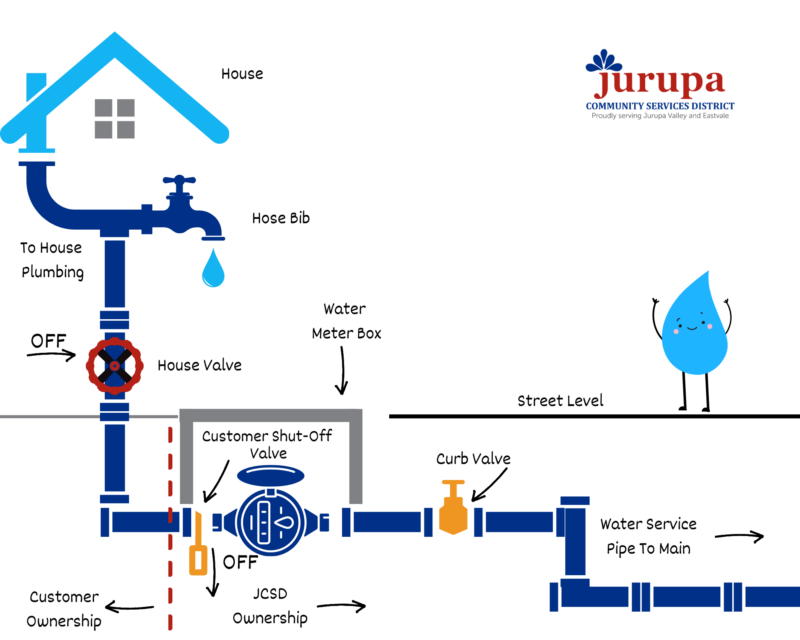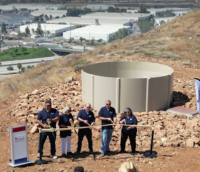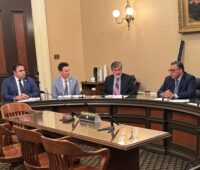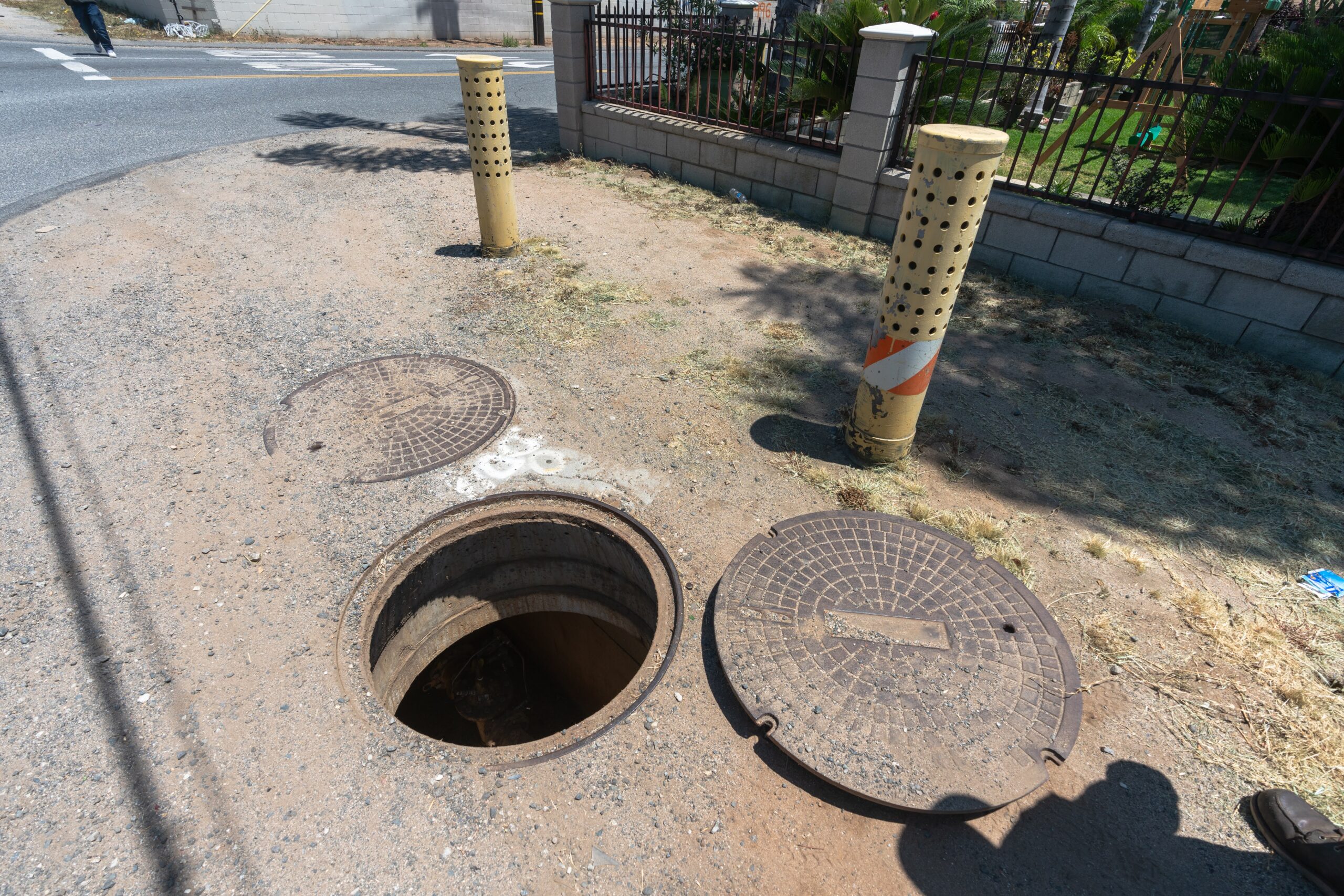
Water and Sewer Rates
JCSD provides safe, clean water and reliable sewer services to more than 33,000 customer accounts within the District’s 40.8 square-mile service area. Over the past three years, JCSD has produced and sold an average of 10.1 million hundred cubic feet (1 HCF, equal to 748 gallons) of water. The operations, maintenance, and improvements of the community’s water system are funded solely from water user rates and charges.
On April 8, 2024, the Board adopted a 5-year water and sewer rate plan. The first year of the 5-year plan will go into effect on January 1, 2025. These rate adjustments ensure that the water and sewer systems remain fiscally viable while providing safe and reliable water and sewer services.
Water Quality
With the help of sophisticated, high-tech equipment, treatment partnerships, and a highly-trained professional team, JCSD ensures that our customers receive a regular supply of safe and high-quality drinking water. Before any water reaches your home or business, it goes through a complex treatment process and undergoes regular testing to ensure that it meets or exceeds all state and federal drinking water quality regulations.
JCSD publishes an Annual Water Quality Report (also known as Consumer Confidence Report) that contains the results of the water quality testing that took place during the year and is available the following year on or before July 1.
If you would like a copy of the CCR mailed to you or if you have any questions about the information in the CCR, please call JCSD’s Water Quality Department at (951) 685-7434 extension 104.
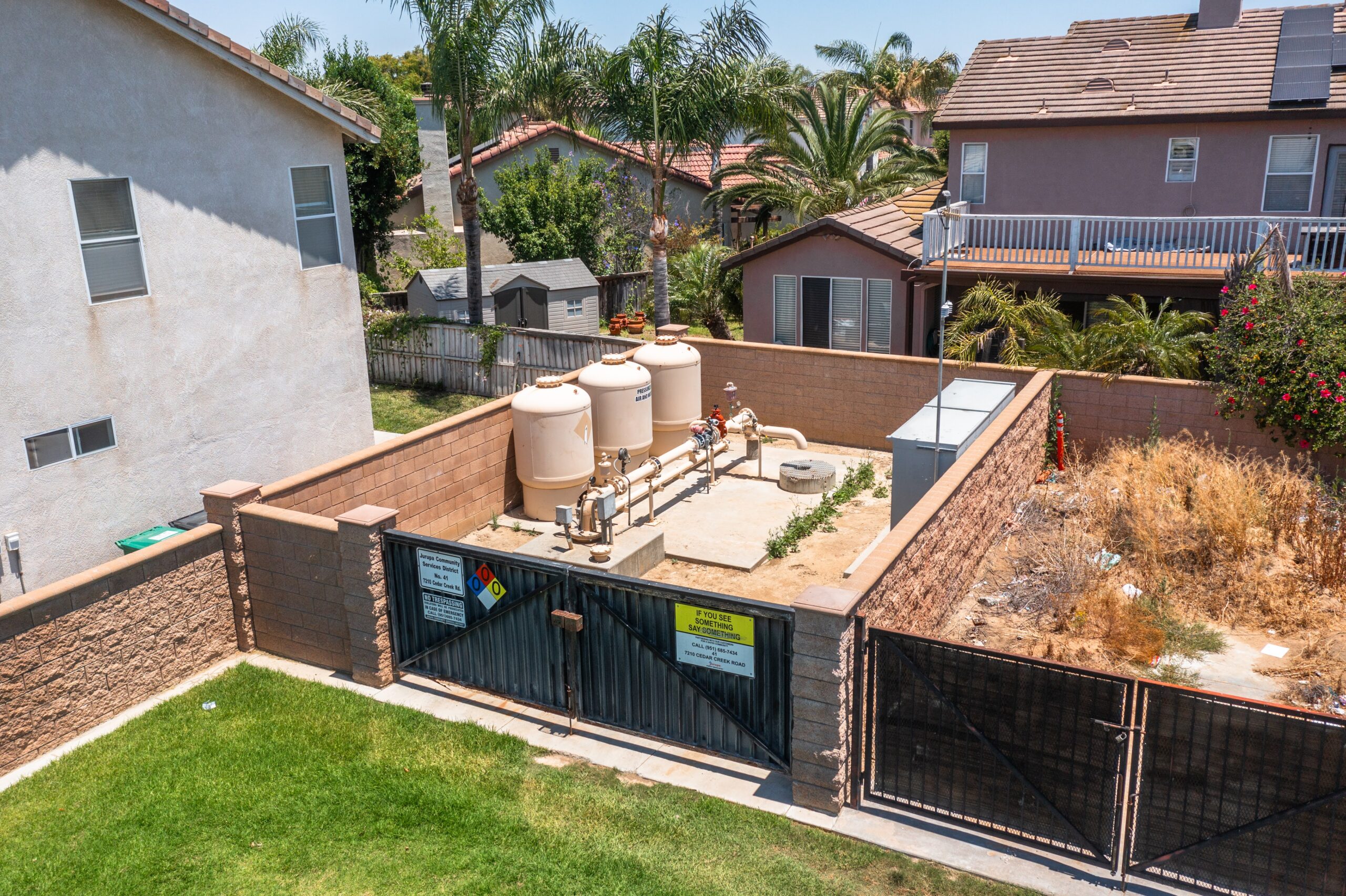
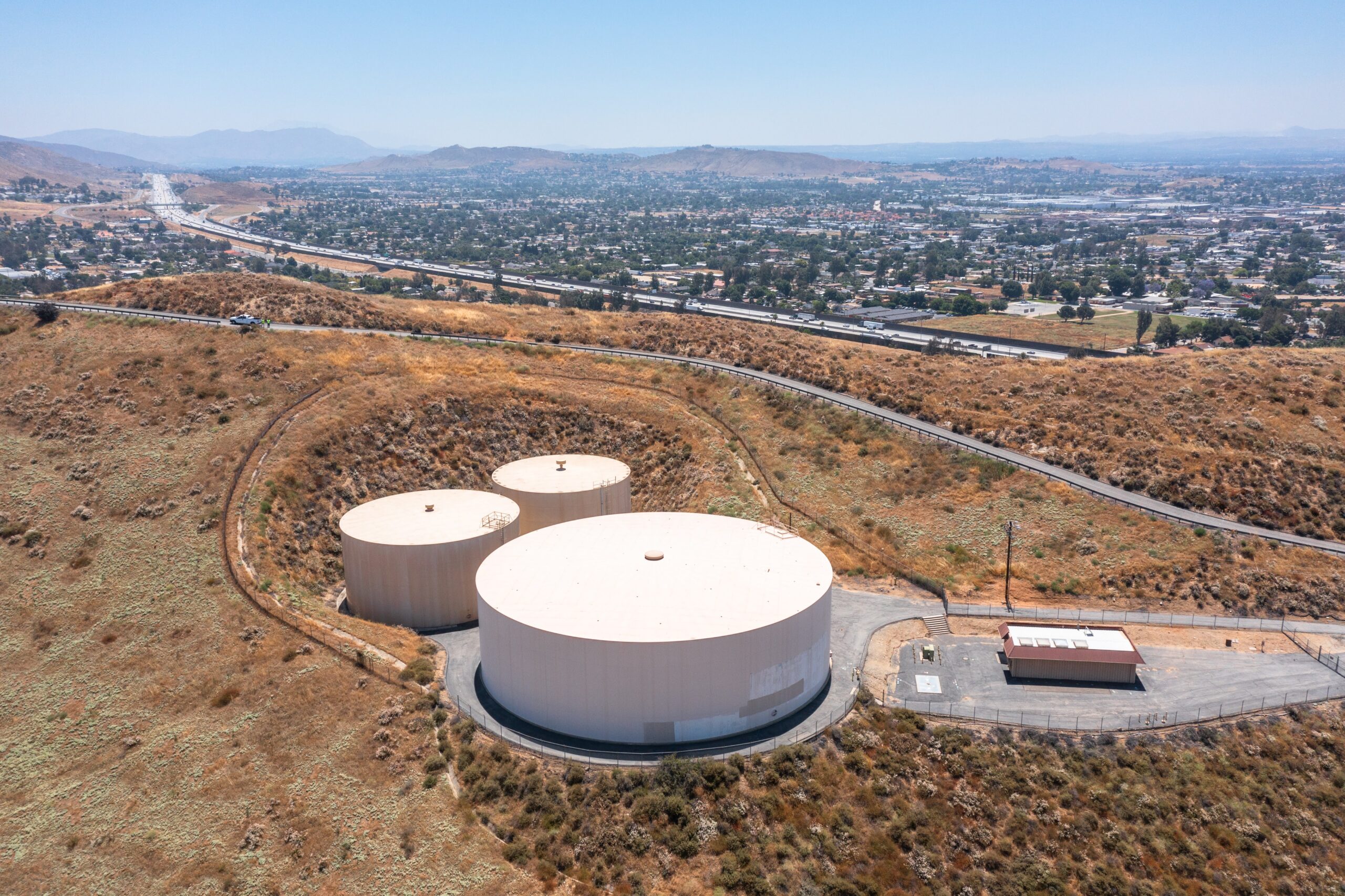
Information on PFAS
All untreated water contains varying levels of natural and man-made contaminants. From time to time, we may hear about contaminants in water that are affecting local, national and worldwide water quality, including recent stories on Per- and polyfluoroalkyl substances – also known as PFAS. But what are these chemicals and how did they get into our water?
What are PFAS?
PFAS are prevalent in thousands of products we use every day, including non-stick cookware, firefighting foams, dental floss and stain-resistant household coatings on carpets and upholstery. It’s also found in our water; however, water agencies don’t put these chemicals into our water.
What’s Next?
The United States Environmental Protection Agency (USEPA) will set a maximum contaminant level by 2024. The State of California is in the process of revising the Public Health Goal which will be published at an undetermined future date. In addition, like many water agencies, we are studying long-term treatment options for this contaminant.
What does This Mean?
JCSD tap water meets or exceeds all USEPA and California regulations. We take our commitment to provide safe drinking water with the utmost seriousness. We are monitoring all upcoming regulations, as we always do, and will inform our residents of any developments.
JCSD is committed to transparency. Water quality information is available on our website at www.JCSD.us and is published in the Annual Water Quality Report. By law, this Report is published on our website by July 1 for the preceding year at www.JCSD.us/WaterQualityReport. Additionally, feel free to email questions to WQEnvironmentalServices@JCSD.us.
Recycled Water
Recycled water (also called reclaimed water) is treated wastewater that is safe to use to irrigate landscaping, certain crops, parks, schools, golf courses, and for various commercial and industrial uses. The purple pipe system is a safe way to reuse our most precious resource – water. It also protects our water supply against drought.
Purple-colored pipes are used to transport recycled water to avoid potential cross connection with drinking water pipes. Strict federal and state regulations ensure that recycled water is treated and monitored to meet all public health and safety guidelines.
We like your spirit, but for now, the answer is no. Recycled water operates on a separate system from drinking water. As a result, new pipes need to be installed to deliver the recycled water. Installing new piping to all homes would be expensive. Therefore, it makes more sense for users with the largest irrigation needs, such as parks, golf courses, and greenbelts to receive recycled water.
JCSD is reaching out to specific public agencies, schools, and businesses that meet the required criteria and are located near the planned distribution pipeline that could receive and use recycled water. JCSD’s staff or contractors will contact these eligible users directly to discuss the project.
The JCSD Recycled Water Program is currently in the preliminary design phase with construction to install the purple pipeline scheduled to begin late 2023. Distribution of the recycled water is expected to begin in early 2024.
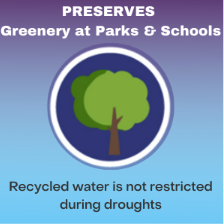
Yes. Recycled water is a reliable water supply source even during a drought. Even when there might be restrictions on drinking water, there are no restrictions for recycled water use.
No, JCSD’s recycled water is not safe for people to drink. “Recycled Water” signs will be posted at all points where recycled water is used.
There are strict Federal, State, and local laws and regulations governing the production and use of recycled water. All of the laws are designed to ensure recycled water is safely used. The rules also define how recycled water can be used and what required signage is needed and where it must be displayed.
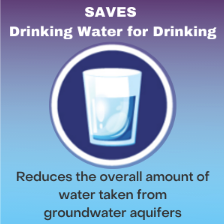
Yes. The use of recycled water for irrigation lessens the demand for drinking water, which reduces the amount of water being drawn from the local aquifer. Lessening the effects of drought and ensuring an adequate water supply are extremely important.
No. The pipes distributing recycled water are a purple color and are a separate system from pipes distributing drinking water. The purple color pipe is nationally recognized as recycled water to avoid potential cross connection to drinking water pipes. Many studies have been conducted on recycled water. To date, no health-related problems have been traced to any of the water recycling projects currently operating in California.
Yes! Recycled water is permitted to be used for a wide range of applications, including landscape irrigation. As a responsible supplier of recycled water, JCSD will provide only highly treated, filtered, and disinfected water that meets all federal, state, and local regulations for use on parks, schools, landscape areas, golf courses, and as well as other commercial and industrial uses.
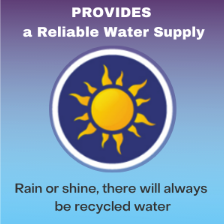
Similar to other communities, JCSD’s recycled water will be used to irrigate landscaping and grass areas at our local parks, schools, and greenbelts, as well as for landscaping areas at business and along roadway frontages and medium areas that are along the proposed pipeline alignments.
Recycled water is treated wastewater that is safe for irrigation. It is not used for drinking water but instead transported through purple-colored pipes to select locations for limited uses. The use of purple pipes is used throughout communities to avoid potential cross connection to drinking water pipes. Recycled water is strictly federally, state, and locally regulated and monitored to meet all public health and safety guidelines.
The following documents provide additional information about recycled water.
Program Documents
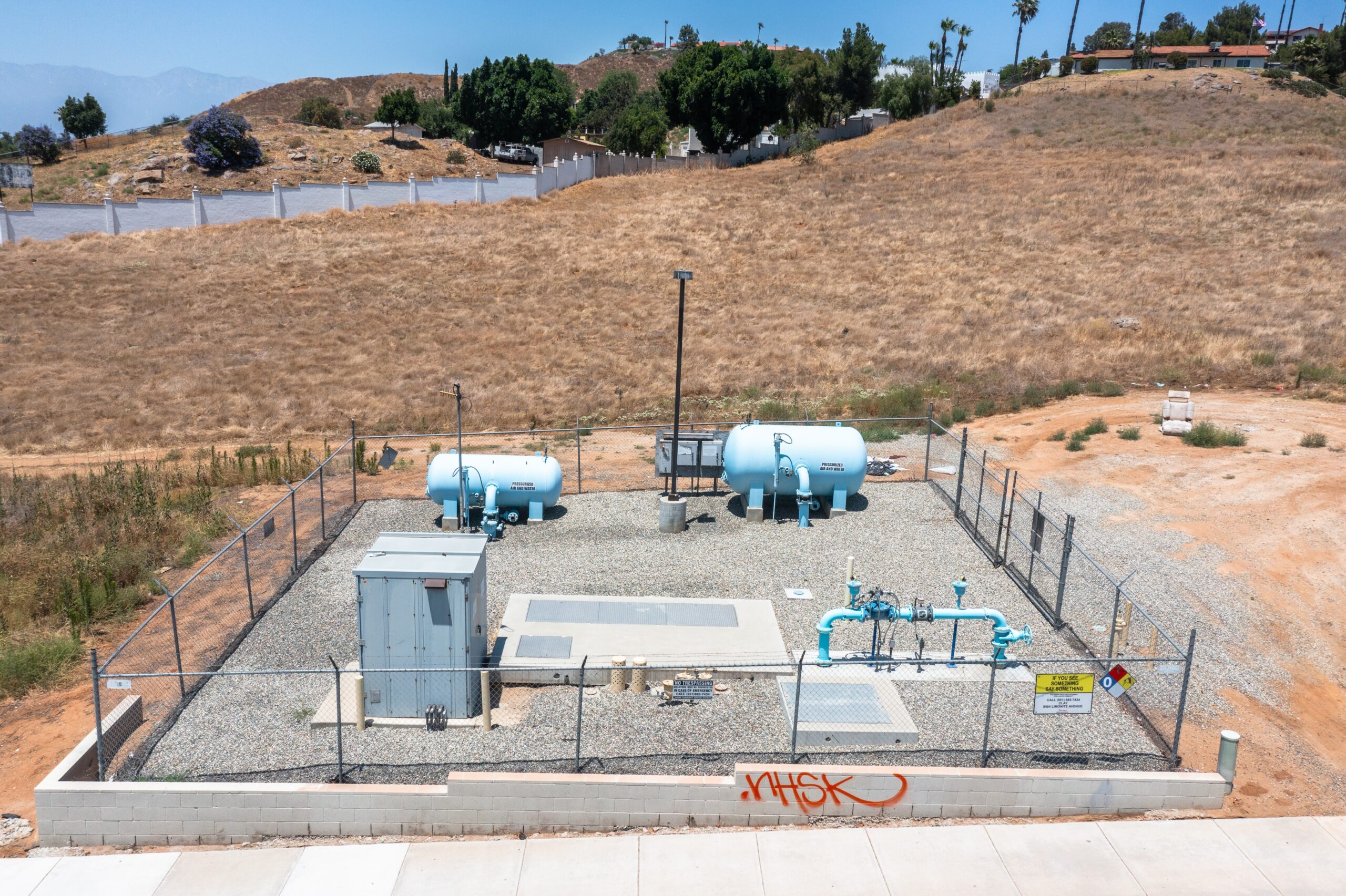
Where Can I Get More Information?
Please call (951) 727-8009 for more information.
Water Pressure
High water pressure is required for fire hydrants and for water to work against gravity and reach the top levels in multi-story buildings. Supplied water pressure varies in different parts of Jurupa Valley and Eastvale depending upon location and demand. An average residential JCSD customer can expect to get water delivered to their meters at a static pressure of 40 to 150 pounds per square inch (psi). Once the water gets to your house, if the pressure is greater than 80 psi, you are required to have and maintain a water pressure regulator device on your property. Regulators are the responsibility of the property owner.
Take a look at this helpful video from our friends at Otay Water District.

How Do I Shut off My Water?
Did you know that approximately one-third of the water each person uses on a daily basis is wasted? Everyone should check their property periodically for broken water pipes or leakages. These leakages can cause gallons of water to flow through the meter and can cost hundreds of dollars.
Below is an animated guide on how to shut off the main water supply line.
TO TURN OFF THE WATER SUPPLY…
- To the main supply line to the house:
Close the Customer Main Line Valve (clockwise) where the line enters the building. - At the meter:
Open the Water Meter Box that is usually located near the curb in front of your house. Turn the Customer Shut-off Valve (clockwise) one-quarter turn. Turning it counterclockwise could destroy the valve. - To sinks and toilets:
Turn off the Customer Shut-off Valve (clockwise) located underneath the fixtures.
